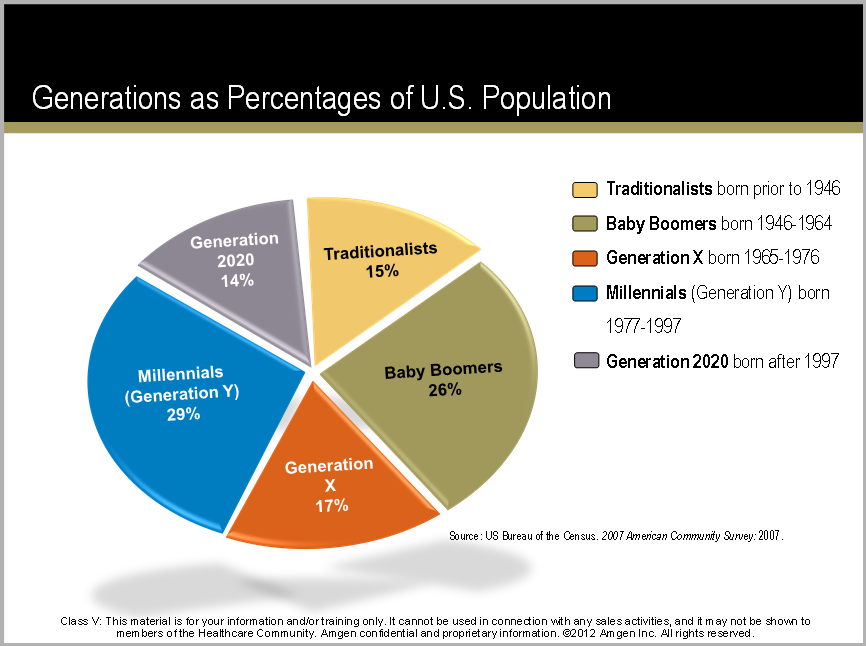

Analyzing generational differences is a popular topic as people try to understand the unique experiences each generation goes through. However, leading members of multiple generations can be challenging, especially when it comes to communication and work styles. This article provides tips on how to bridge any “generation gaps” that could come into play.
The youngest folks (Generation Z) are just entering the workforce, while those in the oldest generation (the Silent Generation) are continuing to work well into their senior years. Many organizations today have a workforce that encompasses four (or even five) generations:
Members of each generation are shaped by common life experiences (think the Great Depression, World War II, selfie culture and more). In turn, these experiences affect their personalities, communication preferences and work styles. Your job as a leader is to create a cohesive, productive group out of diverse individuals, and that means taking generational differences into account.

An effective team is one that’s agile enough to move beyond stereotypes and clichés and is focused on the job at hand. Taking an individual’s age into consideration is just one of many factors that will influence your leadership style. Regardless of their age, all employees appreciate being treated with trust, courtesy and respect.
Each generation comes with its own unique qualities, strengths, and weaknesses. Therefore, it is essential to focus on the opportunities that multiple generations bring to your team. Instead of focusing on negative traits, look for development opportunities to build future leaders.
Try building teams that include a variety of age groups because team diversity is always a good thing. Each generation can bring its unique skills to the group. For example, older workers could help transfer institutional knowledge while younger workers could take part in reverse (or reciprocal) mentoring.
Building camaraderie is an excellent move no matter the age groups involved. However, socializing in fun, low-pressure settings can be especially helpful for bringing diverse individuals together. The more often employees interact with those different from them, the less those differences matter. Team lunches (no work talk allowed!), volunteering, or a fun activity will appeal to all ages.
Leading a multigenerational workforce lends itself nicely to situational management because there is no one-size-fits-all solution. The Situational Leadership® Model is tailored to individuals and tasks, so it automatically considers individual quirks, strengths and weaknesses, generationally related or not.